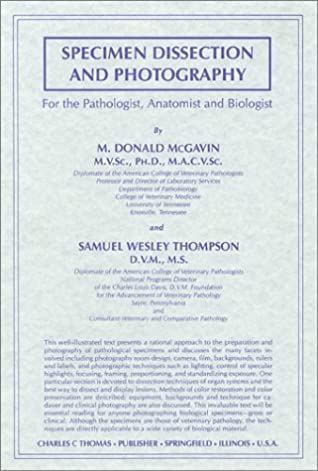

 |

|

The average rating for Career information center based on 2 reviews is 3 stars.
Review # 1 was written on 2012-10-31 00:00:00 Gary Hill Gary HillNon-Fiction. Fifty-five black and white photographs taken by the New York Police Department during the beginning of the 20th century, presented without commentary or context. Edward Gorey, in an interview with Clifford Ross, said of the photographs: They're ravishingly beautiful crime scenes. Sometimes the corpse and everything. There's a completely fortuitous, Surrealist aspect to a lot of them. They were taken with a camera pointed to the floor on a tripod so that you can see the three feet of the tripod, and sometimes the feet of the photographer. And some completely inexplicable photographs of just a street at night. "Is this a blood stain in the foreground or isn't it?" Taken with a wide-angle lens and bright flash, foggy with time, the photos are indeed surreal. Even the ones without a dead body seem ominous, as if the photographer knew something the viewer doesn't. Proportions are distorted, making common objects like a radiator seem six feet tall, but foreshortening staircases into a compact two or three. The flash gives the subject a halo effect, bright light in the center of the frame that tapers into shadows at the edges, but in many, the focus isn't even on the body. Instead, the camera will be focused on some seemingly insignificant piece of scenery, inevitably drawing the eye to the object, giving a rolled-up rug leaning against a wall a heavy sense of importance, never mind the dead body at its feet. In the photos taken from above, you can indeed see the legs of the tripod, but they're distorted too, like long metal stilts, eerie, bizarrely alien. In the long shots, blurry figures stand to the side, sometimes only their feet or a disembodied hand visible, sometimes looking vaguely toward the camera, their white faces indistinct, almost threatening. After a while, the scenes develop a sense of sameness to them, the same dirty hallways, scrubby vacant lots, minuscule tenement apartments, almost uniformly lower class, places where the poor live or frequent. And the bodies, sometimes in the foreground, sometimes crumpled up against a wall, barely visible. Most of them just look asleep, vulnerable and awkward on the ground or in their bed, but in a photo of two men at the bottom of an elevator shaft, one of the young men has his eyes and mouth open, his hand pressed to his temple, and looks anguished, but deep in thought. Later, Sante compares him to a Romantic poet engaged in contemplation, a surprisingly accurate description. In the back of the book, Sante shares what little information he has for each photo, sometimes it's just a street number or part of a name, sometimes he can connect the scene to a likely newspaper article, but even then details are sketchy, and vary from one paper to another. I could only look at a few of these at a time before I started to feel a little ill; it's not so much the photographs themselves -- they're less gruesome than your average CSI -- but Sante's helpless speculation about who these people were and what happened to them. They were real people and many of them no longer have names attached to their murdered bodies. I felt sad for them, sick that their lives ended this way, and that the photographs of their death became so divorced from the lives they'd lived. While Sante's comments on the origin of each photo are simple and respectful, the prose in the introduction and afterword is completely overwrought, like twenties noir pulp fiction. It's barely readable. He does have some insightful things to say about the style of the photographs, the use of light and composition, and how those things contribute to their sense of mystery. But my god, the trite philosophizing! It was completely out of place. I think he was just trying to create some meaning out of what he'd discovered while digging around the New York City Municipal Archives, maybe even to offer it up in exchange for his trespasses, but I found it in poor taste. Four stars. As a study of human nature, these photographs are brutal and heart-breaking. As artifacts of their time, they give us a silent history of the poor and disenfranchised. As art, aesthetic works, they're mysterious and powerful and pull the eye in unexpected directions. |
Review # 2 was written on 2020-11-25 00:00:00 Nathan Kidd Nathan KiddNote: do not read before bed. This astounding collection of NYC crime scene photos were discovered by Sante in a forgotten archive where they were spared the fate of others who were thrown away or dumped into the river when buildings and departments moved. Collected here for you are postmortem photos meticulously curated by Sante, chosen by someone with a strong sense of poetry and reverence for and identification with the anonymous dead. Sante pairs the images with whatever information he could find about the victims depicted, which is scanty at best. Also after the collection he allows himself to speculate about the dead and the America they lived and died in. He draws the reader in by challenging them and acknowledging the exploitation of their gaze, as well as musing on the nature of photography itself. "Through the act of looking, we own these pictures, or, rather, they thrust themselves upon us... to look at these pictures is to glimpse the work of the recording angel on the day of judgement... these pictures are documentary evidence of an end we are afraid to recognize." This is a remarkable thing. |
CAN'T FIND WHAT YOU'RE LOOKING FOR? CLICK HERE!!!